So what is a super long telephoto lens. These lenses are in the 300mm and longer category. Some standard focal lengths in this category include the: 300mm, 400mm, 500mm, 600mm, 800mm, 1000mm, 1200mm, and up.
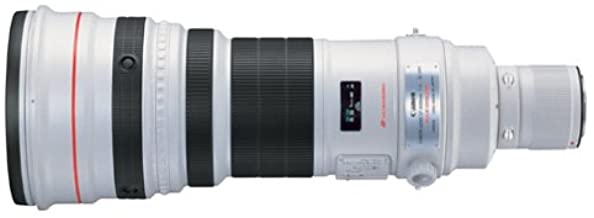
While it's true that this category of lens can hit your pocketbook pretty hard, there are ways to get your feet wet without dropping thousands of dollars. You can always shop for used lenses which will generally shave at least half off the price of a new one. But there are even some less expensive alternatives that you may not have thought of.
When we think of lenses today, we think of the auto-focus and auto-aperture variety. But there are a couple of alternatives you may not be aware of.
- The preset lens – A preset lens does not have an auto aperture system and they are not auto-focusing. This makes them a bit more cumbersome to work with as you have to manually open and close the aperture. Once you do close down the aperture your viewfinder will darken accordingly. But, you can acquire a brand new 300mm – 500mm preset telephoto lens for several hundred dollars. While this most likely will not be the lens of your dreams, it will allow you to get started and see how you like working with this long of a lens.
- The mirror lens – A brand new 400mm – 800mm mirror lens can be had for a little more than a preset lens but much less than a traditional lens. So, what's the difference? Mirror lenses have a fixed aperture. The aperture is usually around f/5.6 – f/11. This makes them not particularly fast in low light. While this was more of a concern in the old days, it's not so much a concern with modern cameras offering extremely high ISO settings. They are also not auto-focusing, and they produce a bokah effect that looks likes a donut.
Once you've acquired your super telephoto, what next?
Super telephoto lenses require some special considerations when shooting with them. Due to their extreme magnification they will record any camera movement. Unless your lens has image stabilization technology, you're going to have to take special precautions to get sharp images.
- Put the camera / lens combination on a tripod or gun stock mount.
- When possible – try to mount the gear to your support using the tripod mount ring on the lens rather than the camera tripod mount.
- Use a heavy enough tripod that it won't vibrate in the wind. Hanging additional weight from the tripod can also help stabilize your rig.
- Lock your camera mirror up whenever possible to avoid mirror slap.
- Use a cable, or electronic, release to fire the shutter.
Now that you have your gear situated – What kind kind of subjects are you looking for?
One of the obvious uses for super telephoto lenses is sports. Even if you're at the sidelines, game play can often be all the way across the field. The key to using a super telephoto lens in sports is ‘know the game'. You need to anticipate the action without removing your eye from the viewfinder.

Another well known use for long telephoto lenses is nature and wildlife photography. In this scenario, you need to mentally prepare for your subject matter. Where will they be? How will you conceal yourself (if necessary). Are you willing to wait for long periods of time, or, are you more the zoo variety of photographer?
Here are a few uses that you may not have thought of!
How about using that super telephoto for architecture? There are two creative properties that a super telephoto will bring to your photographs: compression and a minute depth-of field. Using a super telephoto lens for architecture can bring some exciting results by compressing buildings and scenes that normally appear much further apart.
Minneapolis – 800mm by Kent DuFault, on Flickr
Have you ever thought of using a super telephoto for macro? We once knew a very successful advertising photographer who shot all of his product shots using super telephoto lenses. The compression and minute depth-of-field gave his shots an impact that clients loved!
If you're interested in corporate or industrial photography, a super telephoto can get you close to subjects that are off-limits, or in dangerous areas.
And most of all, don't forget to experiment. Half the fun of owning all these lens is to put them through their paces; perhaps even using them in a manner for which they were never intended: such as out-of-focus images.
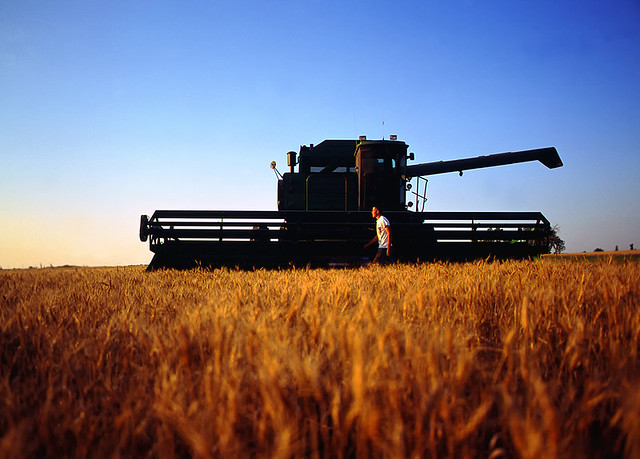

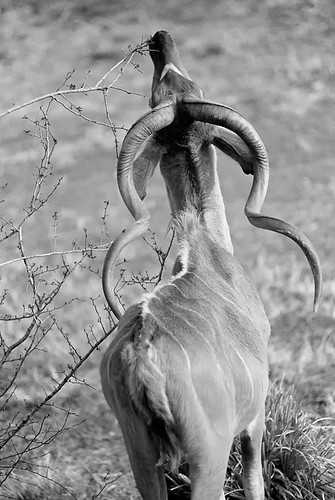
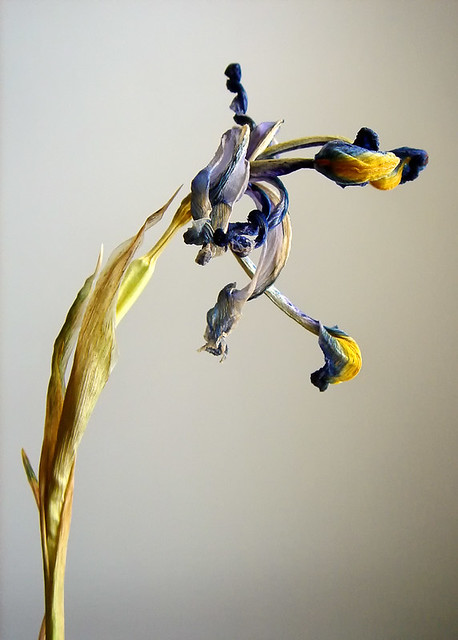
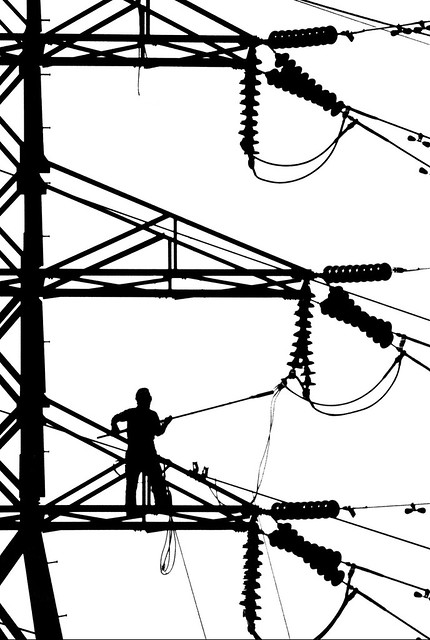


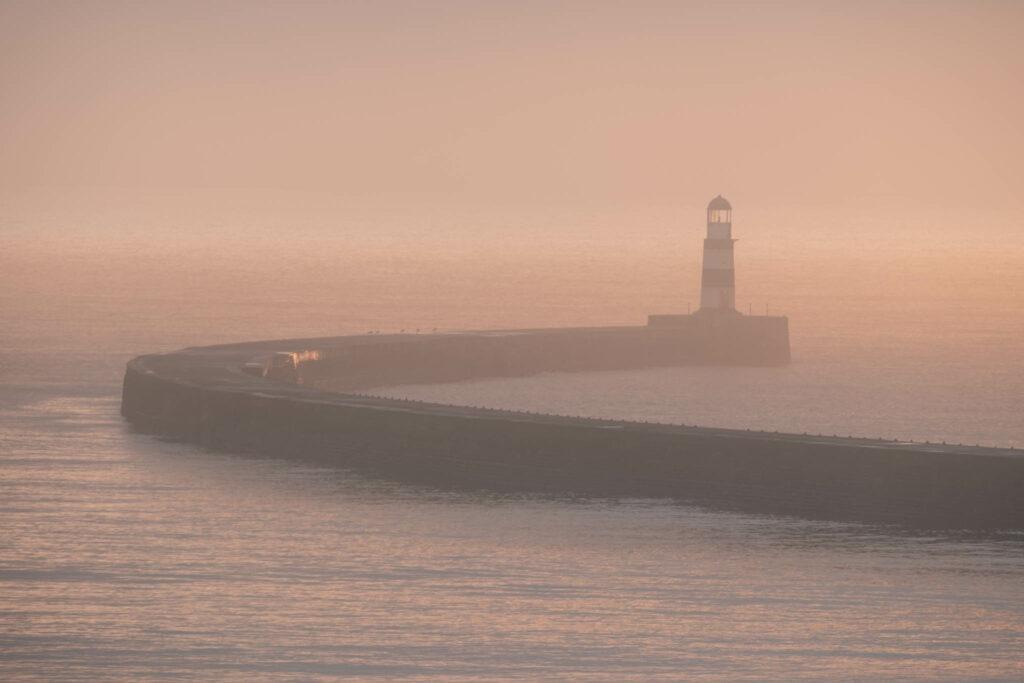


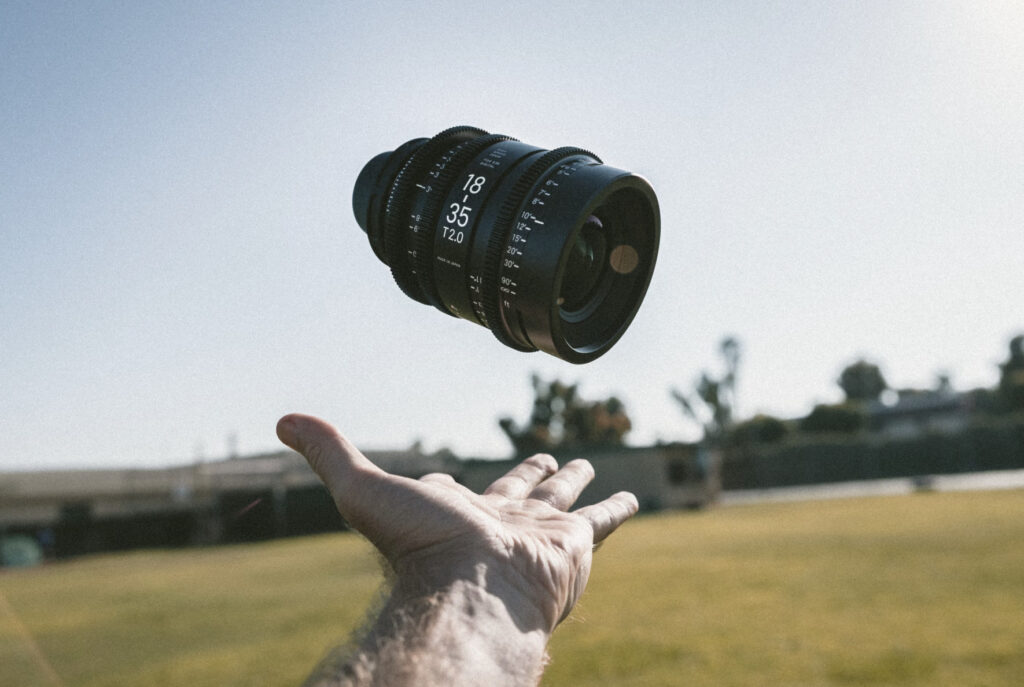
1 Comment
What a Great Photo of Chateau Frontnac in Quebec City, Quebec, Canada.